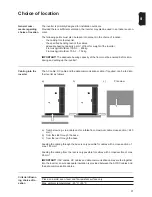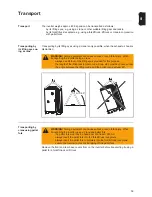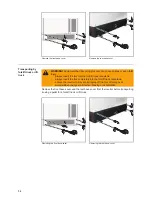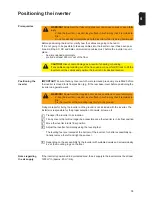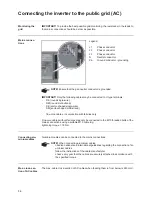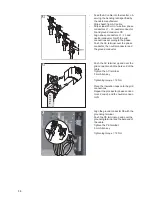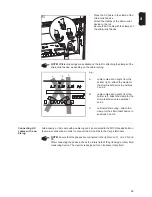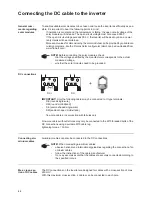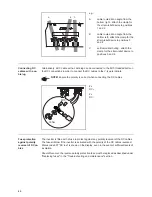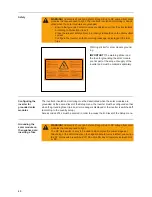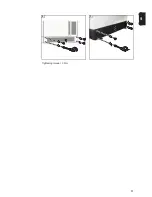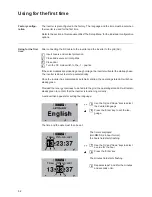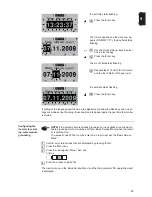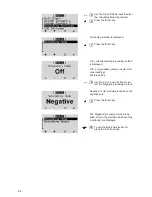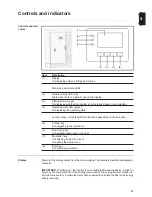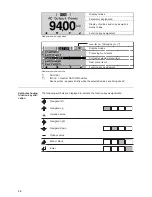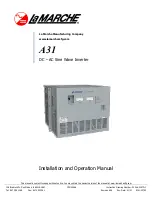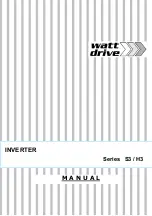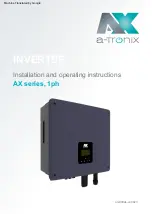
44
Connecting the DC cable to the inverter
General com-
ments regarding
solar modules
To enable suitable solar modules to be chosen and to use the inverter as efficiently as pos-
sible, it is important to bear the following points in mind:
-
If insolation is constant and the temperature is falling, the open circuit voltage of the
solar modules will increase. The open circuit voltage must not exceed 950 V.
If the open circuit voltage exceeds 950 V, the inverter will be destroyed and no war-
ranty claims will be entertained.
-
More exact values for dimensioning the solar modules can be provided by suitable cal-
culation programs, like the Fronius Solar.configurator (which can be downloaded from
www.fronius.com).
DC connections
IMPORTANT!
Only the following cables may be connected to V-type terminals:
-
RE (round single-wire)
-
RM (round multi-strand)
-
SE (sector-shaped single-wire)
-
SM (sector-shaped multi-strand)
-
fine-core cables, in conjunction with ferrules only
Fine-core cables without ferrules may only be connected to the M10 threaded bolts of the
DC connections using a suitable M10 cable lug;
tightening torque = 30 Nm
Connecting alu-
minium cables
Aluminium cables can also be connected to the DC connections.
Max. cross-sec-
tion of DC cables
The DC connections on the inverter are designed for cables with a cross-section of max.
240 mm².
With this maximum cross-section, 2 cables can be connected to each pole.
NOTE!
Before connecting the solar modules, check:
-
that the voltage specified by the manufacturer corresponds to the actual
measured voltage.
-
whether the solar modules need to be grounded.
DC+
DC-
30 mm
M10 M10
M10 M10
+
NOTE!
When connecting aluminium cables:
-
observe national and international guidelines regarding the connection of al-
uminium cables
-
follow the instructions of the cable manufacturer
-
Once a year, make sure that the cables are securely connected according to
the specified torque.
Summary of Contents for Agilo 100.0-3
Page 2: ...0...
Page 4: ...2...
Page 8: ...6...
Page 13: ...General information...
Page 14: ......
Page 30: ...28...
Page 31: ...Installation and commissioning...
Page 32: ......
Page 51: ...49 EN 1 2 Inserting the fuse grounds the solar modules on the negative pole 1 1 1 2 2...
Page 53: ...51 EN 2 3 Tightening torque 3 Nm 1 3 2 4 5 4 3 2 4 5 1 5...
Page 57: ...Operation...
Page 58: ......
Page 84: ...82...
Page 85: ...Troubleshooting and maintenance...
Page 86: ......
Page 107: ...Appendix...
Page 108: ......


